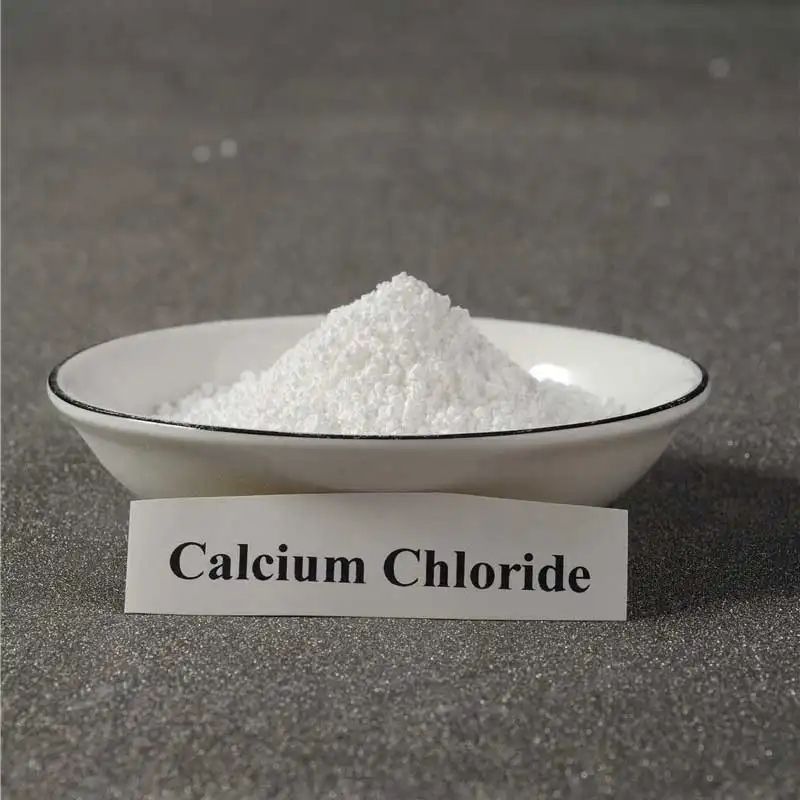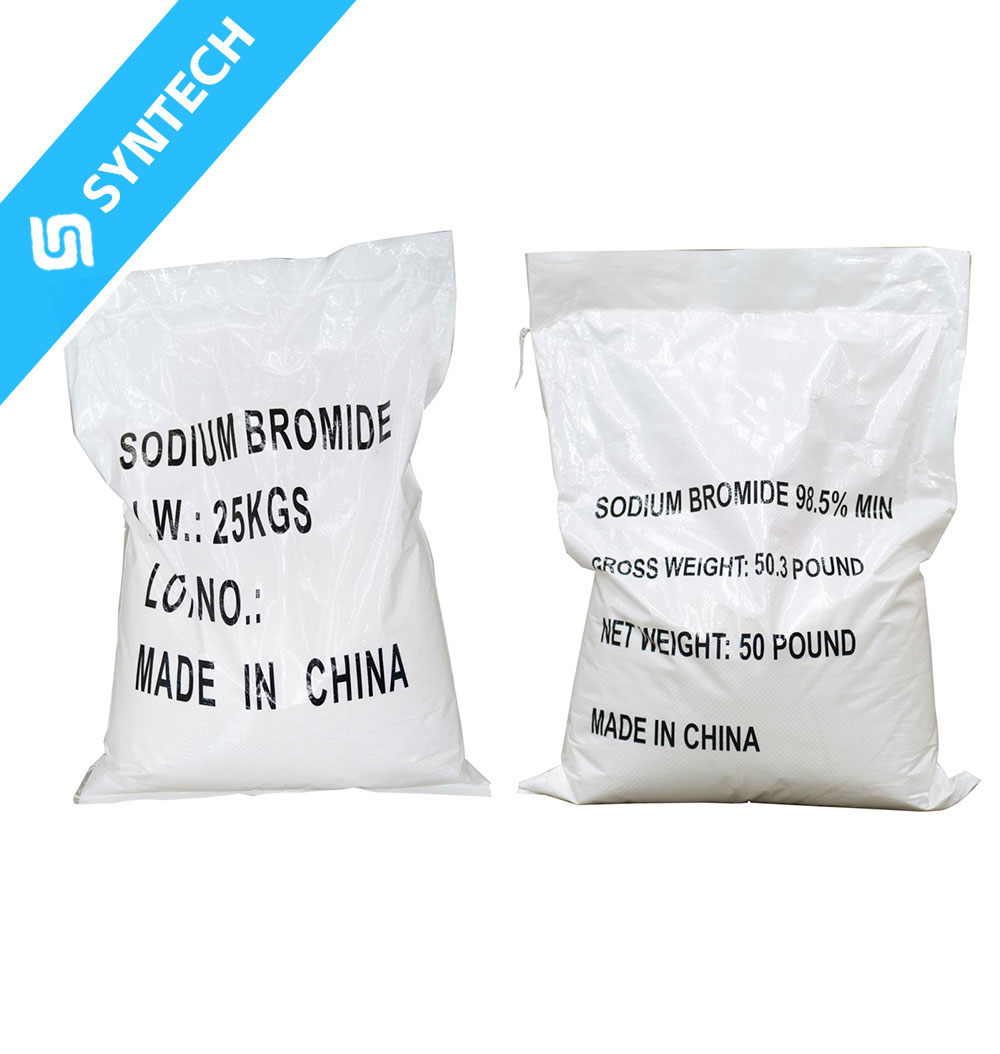Introduction
Sodium Methallyl Sulfonate (SMAS) is a critical monomer used in various industries, including polymer synthesis (as a co-monomer), water treatment, textiles, and construction. The quality of SMAS directly impacts the efficiency, stability, and final properties of your products. Selecting a reliable supplier of high-grade SMAS is not just a procurement task; it’s a strategic decision. This guide outlines the key criteria for judging SMAS quality and a systematic framework for supplier evaluation.
Part 1: Key Judgment Criteria for High-Quality SMAS
To ensure you are purchasing a premium product, verify the following specifications, typically found on a Certificate of Analysis (CoA).
1. Purity and Composition
- Assay (Purity): Look for a high purity level, typically ≥ 98.0%. Higher purity (e.g., 99%) ensures better reactivity and fewer side reactions in your processes.
- Water Content: Excessive water can lead to caking and affect weighing accuracy. Specify a low moisture content, often < 0.5%.
- Insolubles: The product should have very low levels of insoluble matter in water, indicating good manufacturing and filtration processes.
2. Physical and Chemical Properties
- Appearance: High-quality SMAS is a white, crystalline powder. Discoloration (yellow or brownish tints) can indicate degradation, impurities, or aging.
- Solubility: It must demonstrate excellent and rapid solubility in water. Slow dissolution can signal impurity issues and cause production delays.
- pH Value: A specified pH range (e.g., 7-9 for a certain concentration solution) is crucial for compatibility with your reaction systems.
3. Performance and Impurity Profile
- Iron (Fe) Content: A critical parameter. High iron content can act as a catalyst poison in polymerization processes and cause unwanted coloration in final products. The acceptable level is often ≤ 10 ppm.
- Chloride (Cl) Content: High chloride ions can be corrosive to equipment and interfere with certain chemical reactions. Look for low levels, e.g., ≤ 50 ppm.
- Heavy Metals: Ensure the product complies with strict limits for heavy metals (like Lead, Arsenic), especially for applications in sensitive areas like water treatment or textiles.
4. Packaging and Storage
- Packaging: The product should be supplied in sealed, moisture-proof bags (e.g., plastic-lined woven bags or drums) to prevent absorption of atmospheric humidity and subsequent caking.
- Shelf Life: Confirm a clearly stated shelf life (typically 2 years) and ensure the supplied batch is fresh.
Part 2: A Systematic Framework for Supplier Assessment
Once the product quality is confirmed, the next step is to rigorously evaluate the supplier.
1. Technical Capability and Quality Systems
- Manufacturing vs. Trader: Determine if the supplier is the actual manufacturer or a distributor. Manufacturers typically offer better technical support and price stability.
- Quality Certifications: Prioritize suppliers with internationally recognized certifications like ISO 9001 (Quality Management) and ISO 14001 (Environmental Management). For specific industries, check for REACH compliance.
- R&D and Customization: Inquire about their R&D capabilities. Can they provide technical data sheets (TDS) and material safety data sheets (MSDS)? Are they able to offer custom grades (e.g., ultra-high purity, specific particle size)?
2. Reliability and Supply Chain Stability
- Production Capacity: Assess their annual production capacity to ensure they can meet your current and future demand.
- Consistency: Request CoAs from several previous batches to verify consistent quality over time.
- Logistics: Evaluate their logistics network. Do they have experience with international shipping (if applicable)? How do they handle packaging to prevent damage during transit?
3. Commercial and Service Factors
- Pricing Structure: While cost is important, be wary of prices significantly lower than the market average, as this often indicates compromised quality.
- Responsiveness and Communication: Gauge their professionalism through your initial interactions. A reliable supplier is responsive, transparent, and provides clear, timely communication.
- After-Sales Support: Check if they offer robust after-sales service, including efficient handling of complaints, returns, and technical inquiries.
Part 3: A Step-by-Step Action Plan for Procurement
- Define Your Specification: Create a detailed technical requirement document based on Part 1 of this guide.
- Identify Potential Suppliers: Source candidates from industry directories, trade shows, and B2B platforms. Shortlist 3-5 for initial contact.
- Request for Quotation (RFQ) and Information: Send your specification document and request a quotation, a sample, and the following documents:
- Product Data Sheet (PDS / TDS)
- Material Safety Data Sheet (MSDS)
- Certificate of Analysis (CoA) for a recent batch
- Company profile and quality certifications
- Sample Testing: Crucially, test the received sample in your own lab or a third-party lab.Correlate the results with the supplier’s CoA.
- Conduct Supplier Audit (If Possible): For large-volume contracts, an on-site or virtual audit of the manufacturer’s facility is highly recommended.
- Negotiate and Qualify: Based on the collected data, negotiate terms and formally qualify one or two suppliers. It is often prudent to have a primary and a secondary supplier to mitigate risk.
Conclusion
Selecting high-quality Sodium Methallyl Sulfonate and a trustworthy supplier requires a methodical approach that balances technical specifications with commercial and logistical considerations. By adhering to this structured evaluation plan, you can significantly reduce procurement risks, enhance your production stability, and secure a competitive advantage for your business.






